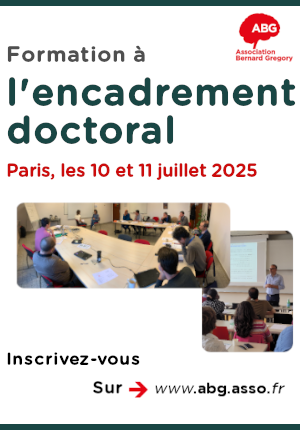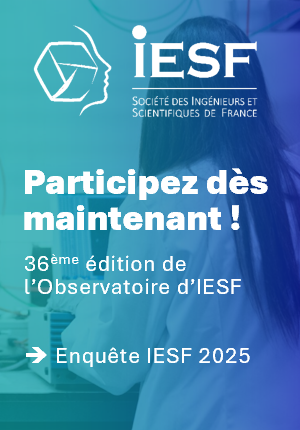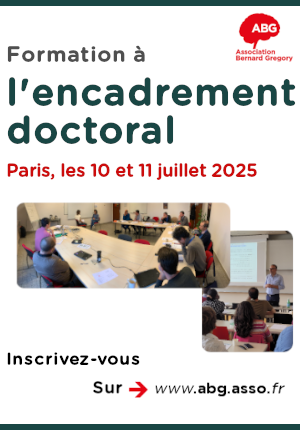Multi-scale seismicity: from the laboratory to natural fault systems
| ABG-130720 | Thesis topic | |
| 2025-04-09 | Public funding alone (i.e. government, region, European, international organization research grant) |

- Earth, universe, space sciences
Topic description
Earthquake generation process is highly nonlinear and the physical parameters governing the natural system are difficult to constrain. Yet, natural seismicity exhibits some systematic statistical behavior (scaling laws, space and time clustering, foreshock-mainshock-aftershock sequences, susceptibiility to small perturbations). In the framework of ANR project PREMs (Predictability of Earthquakes and Mathematical Models; https://aochihi.github.io/anr-prems/), we aim to understand the physics behind these detectable observables.
The main purpose of this thesis is to consider how physics-based simulations can constrain seismicity. On one hand, recent laboratory experiences now provide high quality of microseismic catalogs under controlled conditions. On the other hand, physics-based models have been developed with various ingredients such as rate- and state-dependent friction, multi-scale heterogeneity in fault friction, spatial distribution of seismogenic faults, as well as various stress loading system. In this project, we first aim to start modelling the experimental scale, emphasizing on the question of predictability of the seismicity in controlled laboratory settings. In a second step, we hope to extend our model to the field scale. A highly motivated student is expected to work to:
- develop numerical method based on the boundary integral equation method.
- Carry out sensitivity tests in numerical modeling.
- Analyze the simulation results through statistical quantities.
- Participate to laboratory experiments
- Analyze laboratory and field seismicity catalogs
Funding category
Funding further details
Presentation of host institution and host laboratory
The PhD student will have a contract (36 months) with BRGM, and belong to the Unit “Impacts, monitoring and safety of underground uses” of the Decarbonated Energy Direction under the supervision of Hideo Aochi and Julie Maury. The main office is in Orléans, France. Besides, a part of this PhD. will be held at ENS Paris, under the supervision of Alexandre Schubnel. At LGENS, the PhD. student will belong to the Unit “Déformation et Structures”. Training courses will be also available in PSL, as well as within the doctoral school GRNE.
BRGM: https://www.brgm.fr
LG ENS: https://www.geologie.ens.fr/
ANR PREMs: https://aochihi.github.io/anr-prems/
Candidate's profile
We seek an internationally competitive and highly motivated student. It is expected to collaborate with the researchers from the University of Tokyo, in particular, and participate actively in the international communications.
The PHD student is expected to work collaboratively with different researchers and students within BRGM, ENS and the other partners of the project PREMs.
- Master’s degree in Earth Sciences, Physics or Engineering - Motivation - Capacity of work in a team - Programming in Matlab, Python or other scientific software - Prior knowledge in numerical modelling or experimental techniques is a plus - Writing & reading scientific papers
Vous avez déjà un compte ?
Nouvel utilisateur ?
Get ABG’s monthly newsletters including news, job offers, grants & fellowships and a selection of relevant events…
Discover our members
 Généthon
Généthon  CESI
CESI  CASDEN
CASDEN  Institut Sup'biotech de Paris
Institut Sup'biotech de Paris 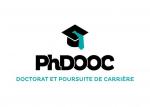 PhDOOC
PhDOOC  Groupe AFNOR - Association française de normalisation
Groupe AFNOR - Association française de normalisation  Laboratoire National de Métrologie et d'Essais - LNE
Laboratoire National de Métrologie et d'Essais - LNE  TotalEnergies
TotalEnergies 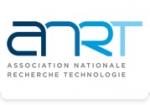 ANRT
ANRT  MabDesign
MabDesign  ASNR - Autorité de sûreté nucléaire et de radioprotection - Siège
ASNR - Autorité de sûreté nucléaire et de radioprotection - Siège  MabDesign
MabDesign  SUEZ
SUEZ  Tecknowmetrix
Tecknowmetrix  Nokia Bell Labs France
Nokia Bell Labs France  Ifremer
Ifremer 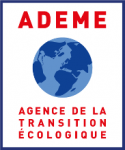 ADEME
ADEME  Aérocentre, Pôle d'excellence régional
Aérocentre, Pôle d'excellence régional  ONERA - The French Aerospace Lab
ONERA - The French Aerospace Lab

